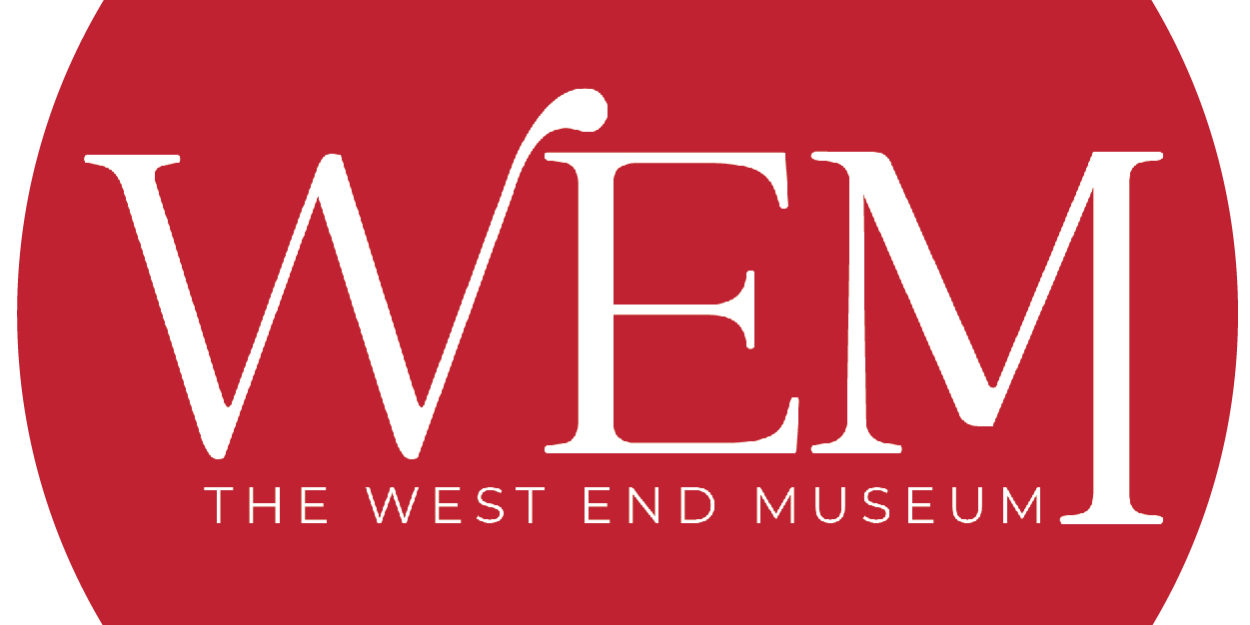New Exhibit, ``Streets of the Industrial Era`` Premiering at The West End Museum
Opening Reception
Friday, August 16; 6:30pm-8:30pm
@ West End Museum
Cost: FREE
Boston, MA – On Tuesday, August 13, 2013, Streets of the Industrial Era opens at the West End Museum in the Members’ Gallery. This new exhibit is free and open to the public.
This exhibition focuses on the history of the West End, particularly the streets in and around what is now known as the Bulfinch Triangle Historic District. This exhibit is a study of the changes brought about an area that was then, and remains now, a hub of transportation. The pull and push of changing economics over time drove the different phases and stages of land making and caused its eventual transformation from maritime hub to center of industrialization.
The Boston Garden and the area in front of the Garden was once marshland known as North Cove. Millers of the era created a dam at the opening of the North Cove, turning it into a Mill Pond used for milling. As the decades wore on, however, changing economics took the form of an increased need for buildable land.
Charles Bulfinch (for whom the historic district is aptly named) oversaw and influenced much of the changes that led to industrialization of Boston’s West End. As the head of Boston’s board of selectmen, Bulfinch helped to plan and manage the early filling in of Mill Pond which took over 25 years (1807-1832). This involved the leveling of Beacon and Pemberton Hills. It was on this land that Bulfinch eventually oversaw the creation of the triangle, with Causeway Street forming its base. The South Margin and North Margin streets represented the margins of the former North Cove (although North Margin Street still exists in the North End, South Margin Street was removed during Urban Renewal in the 1950s.)
The naming of the streets in and around this area of the West End became directly connected to the economic relationship Boston had to the North Shore, particularly the Merrimac River Valley. Merrimack Street refers to the aforementioned Middlesex Canal, which once ran from the Merrimack Valley in New Hampshire all the way to Boston. Lowell, Billerica and Nashua make reference to towns and areas serviced by the Middlesex Canal when it was in operation.
There is truly a lot of history in Boston. The West End of Boston alone reflects the constant change and upheaval that the marching of time has brought upon the city. Come learn more about how the industrial era of the West End came about, and how it impacted the neighborhood and marked a significant chapter in the history of Boston as a whole. The exhibit is a rich and detailed historical account of our own backyard.
For more information about the Museum, its exhibits and events, visitwww.TheWestEndMuseum.org or call 617-723-2125.
Media Contact:
Duane Lucia
westendmuseum@gmail.com
617-416-0718
About the West End Museum:
The West End Museum is dedicated to the collection, preservation and interpretation of the history and culture of Boston’s West End neighborhood. The Museum’s permanent exhibit, The Last Tenement, highlights the immigrant history of the neighborhood through its decimation under Urban Renewal in 1959; two additional galleries feature rotating exhibits. Hours: Tuesday – Friday 12:00pm – 5:00pm; Saturday 11:00am – 4:00pm. The Museum is located near North Station at 150 Staniford Street, Suite 7. Admission is free.


